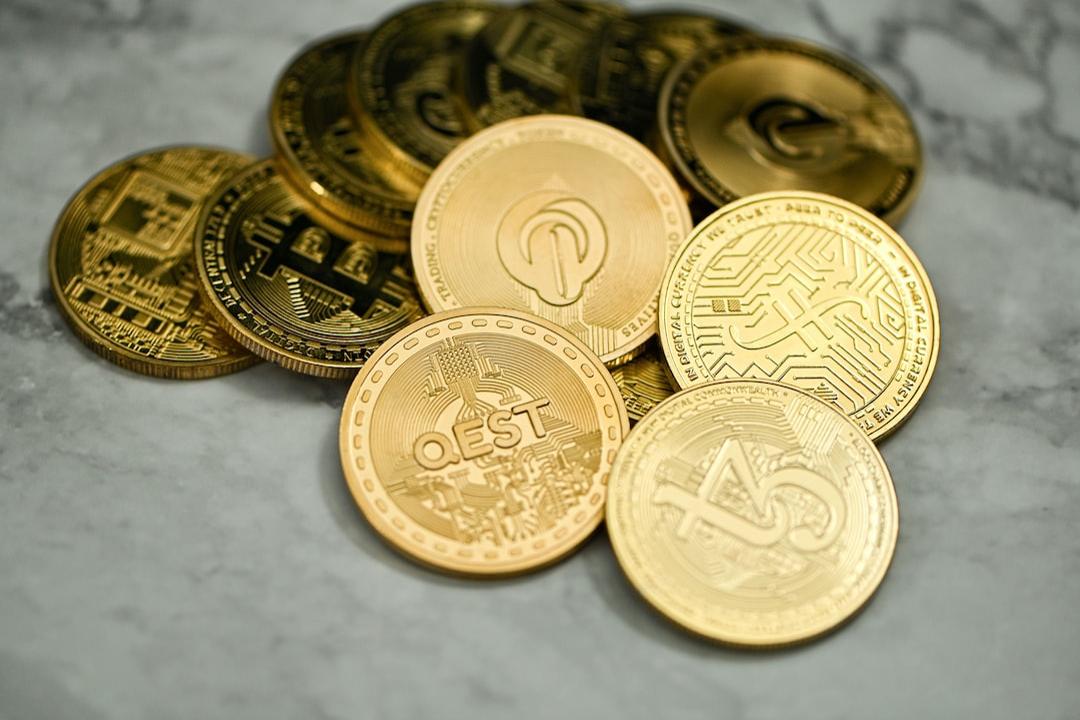Every third Web3 user engages in crypto gaming. In May 2024, the number of daily unique active wallets in GameFi surpassed 3 million, setting a new record.
As blockchain games attract new audiences, the current infrastructure becomes inadequate, prompting projects to develop new dedicated solutions that enhance scalability. Consequently, the GameFi industry has become a significant driver of growth for Layer-2 and Layer-3 solutions.
### Introduction
GameFi, the blockchain gaming sector, has rapidly become a crucial part of Web3, with a third of its users now playing crypto games. This surge was particularly evident in May 2024, when daily unique active wallets reached over 3 million. This substantial increase in players and games highlights the growing demand for robust gaming infrastructure capable of supporting the complex needs of modern blockchain games. Developers have made significant strides in creating specialized solutions to fill these gaps, specifically blockchains tailored for gaming, offering scalability, performance, and an improved user experience.
### Why Are Crypto Games Transitioning to Their Own Blockchains?
The limitations of Ethereum’s main Layer-1 network’s scalability became apparent in the 2010s, just a few years after its launch. The infamous CryptoKitties congestion crisis demonstrated the need for change as users paid exorbitant fees and waited hours for transactions. In response, developers began building Layer-2 solutions, which bundle multiple transactions into one on Ethereum Layer 2 and process them on Ethereum Layer 1. This approach maintained the security of the main network while enhancing scalability, significantly reducing gas prices.
However, the industry has now outgrown Layer-2 solutions. These solutions can no longer meet the growing transaction volume demands of games, and user experience improvements require near-zero gas fees. Additionally, the more complex the game, the greater the need for customization.
This challenge is being addressed by Layer-3 solutions, which build on Layer-2s and inherit Ethereum’s security while offering additional features. Each game can use its dedicated Layer-3 blockchain, opening up many new opportunities.
### L3 Solutions: Performance, Customizability, and Governance
Layer-3 solutions provide a significant increase in throughput. Recently, the combined throughput of Ethereum L2s and L3s reached a new high of 246 transactions per second, with 101 TPS on a single gaming-focused Layer-3 chain, Xai. In contrast, Ethereum’s base layer only processes 12-15 transactions per second.
With dedicated blockchains, games no longer compete for network capacity. Rollup technology makes transaction sizes so small that new records in TPS are possible. Running a dedicated blockchain allows developers to customize parameters such as block size, block time, and consensus mechanisms to better suit their game’s requirements. Unique configurations, including non-EVM algorithms, different data formats, or confidential transactions, can also be implemented.
Operating on a separate network gives developers full control over their game and its environment, enabling agile decision-making and rapid implementation of updates without needing to negotiate with other network participants.
### Game-Specific Chains: Examples
Several solutions stand out among game-specific blockchains. Layer-2 solutions built specifically for GameFi products are popular, with Ronin being used by 836,000 unique wallets daily in May. It hosts top blockchain games like Pixels and Axie Infinity.
Layer-3 solutions are even more promising. Although not yet the most popular in terms of transaction volume, they offer unique opportunities for developers. Arbitrum Orbit, for instance, allows anyone to launch their own L3 app chain on top of Arbitrum, an Ethereum L2, with enhanced customization.
### What Does This Mean for Users?
For users, the increased use of Layer-3 solutions offers significant improvements in user experience. High-speed transaction processing is the first benefit, with Ethereum L2s and L3s achieving record-breaking throughput and reducing network congestion. Players now wait only a few seconds for transaction approvals.
Second, Web3 games often face criticism for complex user experiences, requiring gamers to manually sign multiple transactions, maintain gas fee balances, and manage private keys. Account abstraction technology, introduced in the Ethereum ecosystem, has made Web3 gaming experiences similar to Web2, showing exceptional results on Layer-3 networks.
A prime example is PlayBlock, a dedicated Layer-3 blockchain for the Playnance GameFi ecosystem. As the leading Layer-3 blockchain on Arbitrum Orbit, it handles 1.2 million daily transactions. Layer-3 technology reduces transaction fees so they are fully covered by PlayBlock, offering users fee-free transactions. Players can join the game without a crypto wallet, which is created automatically. Playnance’s infrastructure allows users to top up and withdraw money with one click using crypto and cards. Account Abstraction technology eliminates the need to manage seed phrases or sign multiple transactions.
Interoperability is the third benefit. Traditionally, in-game assets are confined to one game. However, interoperable gaming ecosystems allow developers to create different games within a single blockchain environment, enabling users to move and capitalize on their assets across titles, enhancing the gaming experience.
### More Than Just GameFi
The growing demands of the GameFi sector are driving the development of app-specific blockchains. Custom Layer-2 and Layer-3 solutions offer unprecedented flexibility, fast transaction processing, and zero gas fees. The convergence of these needs with emerging technology solutions will propel the game-specific blockchain sector forward, introducing innovative solutions and advanced GameFi products.
Ultimately, these advancements will pave the way for the rapid expansion of GameFi, setting the stage for the entire Web3 industry to onboard millions of new users.







